The Balkans aren’t necessarily top of the list when you think of natural wonders. But this fantastic little region sure has a lot to offer when it comes to the great outdoors. Sweeping mountain ranges, pristine waterfalls, secluded hiking areas and picture-perfect lakes can be found around every corner. So where should a nature-lover head to in the Balkans?
With the help of some fellow bloggers we put together this list of the best natural attractions in the Balkans. So start planning your Balkans itinerary and make sure you leave room for some of these stunners!
Lake Bled, Slovenia
by Emily of Wander-Lush
Lake Bled in Slovenia is one of the most iconic natural wonders in the Balkan region. Sitting at the base of the picturesque Julian Alps close to the Austrian border, Bled can easily be visited on a day trip from Ljubljana by bus, or by car from neighbouring Austria, Croatia or Italy. It’s worth spending a few nights, however, to savour the rejuvenating mountain air and try some of the many outdoor activities the area has to offer. There are chalets and guesthouses around the lake’s perimeter and in the nearby village of Bled, which makes a great base for your stay. Check accommodation prices in Bled here
You can get a fantastic view of Lake Bled and the tiny island that sits at its centre by climbing up to Bled Castle. For even better panoramas, follow one of the hiking trails into the hills. The Mala Osojnica viewpoint on the lake’s western side is particularly popular. It’s quite steep in parts, so make sure you have suitable footwear.
Charter a Pletna, a traditional timber boat, for a paddle on the lake and to visit the Pilgrimage Church of the Assumption of Maria on the island. Canyoning, rafting and kayaking on the Sava River and in the nearby Bohinj Valley is a short drive away. In summer, you can swim in the lake, and in winter, skiing, snowboarding and shoeshoeing is available in nearby Vogel. If the lake is frozen over, you can also try ice skating.
Bled is perfect for outdoor enthusiasts but there are alternative activities available as well. A wine tasting at one of the local bars is a must-do for vino lovers, and you can find some excellent Slovenian cuisine at the many home-style restaurants around the lake. Be sure to try a slice of Kremsnita, or Bled Cream Cake, a perfectly portioned square of pastry and fluffy vanilla cream.
Vintgar Gorge, Slovenia
By Ali of Ali’s Adventures
Lake Bled is one of the most popular places to visit in Slovenia, and with good reason. But there's more to it than just the lake. Not too far away is a gorgeous area called Vintgar Gorge where you can go for a hike and enjoy the scenery.
To really enjoy the beautiful nature of this region of Slovenia, I highly recommend carving out a few hours to hike here. The trail follows a small river through the gorge, alternating between wooden pathways and rocky dirt paths. At some points the gorge is narrow, while at others it widens and lets the sun shine down. Once you get to the end of the trail, there are some pretty waterfalls to admire while resting from your hike.
From start to finish, the Vintgar Gorge hike is about a mile long, but you'll need to double that to make your way back to the starting point. You can get to the beginning of the trail from the main town of Lake Bled by local bus, but the bus only picks up and drops off at the beginning of the trail. Make sure you know the bus schedule ahead of time so you don't have to wait in the parking lot for too long.
Krka National Park, Croatia
by Alexander of Gourmand Trotter
Krka National Park is one of the most beautiful places to visit in Croatia, featuring several stunning waterfalls and lush nature. What makes it stand out is the fact that it's easy to access from the coastal towns of Croatia, such as Zadar and Split. Furthermore, visitors are allowed to go for a swim here, which makes it a great place to visit in the hot summer months.
It's a family-friendly destination and the national park can be accessed by car or boat, depending on which area you want to visit. Most common is to take the boat from Skradin to the main waterfall area, but it's also possible to go for a longer boat ride and visit some smaller islands.
Pansion Skelin is a great accommodation nearby Krka National Park, just 4 km away. The drive from Split is about 1.5 hours by car, but there are also guided tours where transport is included. Parking is available at several places near the place where the boat departs from Skradin.
It costs 150 kunas to enter the national park during high season, and 110 kunas during middle season, and 30 kunas if you come here during the winter. The most popular time to visit is during the summer months of July and August, and if you want to avoid the crowds, try to visit Krka during the weekdays or in the shoulder season from May-June or September/October.
Rila Mountains, Bulgaria
by Roshni of The Wanderlust Within
One of the most overlooked mountain ranges in Europe, the Rila mountains can be appreciated by hikers, spa goddesses and culture vultures. The mountains extend over 2400 square kms and are only 70km from the capital, Sofia. The Rila mountains are also home to some of the Balkans highest peaks including Mount Musala (2,925m) and Mount Vihren (2914m). The spectacular landscape is characterised by sunken valleys, granite peaks, alpine meadows and nearly 200 glacial lakes.
The mountains are connected by hiking trails and mountain huts (usually only open in summer and autumn). This makes multi day hikes easier, though camping is allowed throughout the mountain range. The treks include steep ascents so a good level of fitness is required, and time of year should be considered as during winter time, the Rila mountains will almost certainly be subzero, and covered in snow. For hikers (and non-hikers!) there are numerous natural hot springs in the region, which are great for relaxing tired legs.
The area also caters for history and culture lovers, as the iconic Rila Monastery is set within the forests. Rila Monastery is a 10th century Orthodox Church which is famous for its colourful architecture and unique fortress like exterior. The best place to stay is Borovets, which serves a ski resort in winter and a base for hiking during summer. Check accommodation options in Borovets here.
Durmitor National Park, Montenegro
by Sabrina from Moon & Honey Travel
Durmitor National Park encompasses the Dumitor mountain range, a 48-peak massif with numerous glacial lakes. Durmitor’s awe-factor is very much tied to its unique peak formations. Some mountains look like multi-layered deli sandwiches while others look like resting eagles and twisting pyramids.
The best way to explore Durmitor is on foot. For day hiking, base yourself in the town of Žabljak, where you'll find a number of guesthouses and hotels. The park’s main entrance is walking distance from Žabljak, though driving will shave off 2.6 km. There’s a 3 EUR entrance fee to enter the park, with the option of purchasing a 3-day pass for 6 EUR. Check out accommodation in Zabljak here.
My favorite hike in Durmitor was to the high alpine plateau Planinica (2330 m). It’s a long return hike, so start as early as you can. Another impressive hike with dazzling views is to Bobotov Kuv, the highest peak in Durmitor. To find out all your trail options, read this Durmitor National Park hiking guide.
The best way to get to Durmitor is by car. It takes 2 hours to drive to Žabljak from Podgorica, Montenegro’s capital city. And, it takes 3 - 3.5 hours to reach Durmitor from Kotor.
For a full Montenegro itinerary including the Durmitor National park have a read of our recommendations.
Samaria Gorge, Island of Crete (Greece)
by Gabi Ancarola of The Tiny Book
View of Samaria gorge from the entrance, on the northern side.
Samaria National Park is one of Crete’s natural wonders. It’s home to the Samaria Gorge, one of the longest canyons in Europe, connecting the North coast with the southern beaches of Crete.
To access the park, it’s necessary to catch a bus from the Central Bus Station of Chania, and reach the entrance point at Xyloskalo where you purchase your entrance ticket (€5) and start your trail to descend the gorge. If you intend to hike, it’s essential to wear hiking shoes, a walking pole is also a good aid.
The park is a natural reserve created to protect Crete’s most endangered species, a wild mountain goat, locally known as kri-kri, which can indeed be seen free on the highest walls of Samaria, which reach the 300 m in the narrowest and most impressive point, the Iron Gates. The hike of Samaria is among the most popular things visitors come to Crete for in summer.
The gorge is open from April until October. The whole trail is 13 km long but after the exit it’s necessary to walk an extra distance of 3 km in order to reach the nearest coastal village of Agia Roumeli. The whole walk usually takes from 5 to 7 hours to complete.
Many visitors stay in the village for the night both to rest and to enjoy the crystal waters of the Libyan sea. From Agia Roumeli, it’s necessary to take a boat either to the villages of Chora Sfakion or Sougia, in order to take a bus that takes you back to Chania, the closest important city to the gorge of Samaria.
Pirin National Park, Bulgaria
By Sarah from A Social Nomad
Easily accessed from the town of Bansko, Pirin National Park is a haven for nature and outdoor lovers. Whatever time of year you visit there’s natural beauty to explore – the Bansko Ski resort encompasses not just skiing and snowboarding, but also snowshoeing, ice skating and cross country skiing.
A system of National Park huts is open throughout the year and offers food and lodging within a good days hike of each hut. During the summer months in Pirin National Park, you can gain easier access with a summer schedule for the ski gondola and bus services to the hiking trails.
Pirin National Park also has hot spring pools both within the forest and the park and also more formal hotel and swimming pool based springs. Travel here by bus or rental car from Bulgaria’s capital in around 2 hours and base yourself in Bansko for an all-round excellent adventure into Bulgaria’s National Park system and enjoy hiking, hot springs, mountain biking in Bansko’s summer – or snow sports in the winter.
Check accommodation prices in Bankso here.
Plitvice Lakes National Park, Croatia
By Coni from Experiencing the Globe
Known as one of the most beautiful national parks in Europe, Plitvice Lakes is a true natural wonder with its crystal clear, turquoise waters.
Located in central Croatia, you’ll find a chain of 16 terraced lakes joined by waterfalls, in the middle of a lush forest. You can hike around them in walkaways and marked trails. There’s also an electric boat that links the lakes. The main sight is Veliki Slap, a 78m-high waterfall.
It’s open to visitors all year around, but I highly recommend going off season. As it’s one of the main attractions of the country, so during summer it becomes unbearably crowed. Spring and autumn are perfect for hiking, and during winter sometimes the waterfalls freeze, making the park a real winter wonderland.
The park authorities are truly concern about the preservation of the park, so be a sustainable traveler and follow the instructions. For instance, swimming in the lakes and straying off the marked trails is absolutely prohibited.
The easiest way to get there is to rent a car or join a tour, but there’re also public buses from Zagreb and Zadar. As for accommodation, you’ll find a few options within the park, like Hotel Jezero, and plenty of hotels and guest houses in the towns and villages around, catering to every budget.
Blue Eye, Albania
by Lee and Stacey of One Trip at a Time
The natural wonder of Syri I Kalter or the Blue Eye in Albania is a great place to stop on a journey between Sarande and Gjirokastër. Quite a hike from the bus stop which drops you at the turnoff to the Eye, it’s easier if you have a car or it’s on your tour itinerary. However, you get there, you shouldn’t miss the stunning deep blue and green of the Eye which is the source of the Bistricë River.
The brave can swim in the clear waters but be aware the temperature is a chilly 10 degrees Celsius. If you want to stay dry, then climb the few steps to the platform directly above the Blue Eye. From here you can look straight down and see why the Eye is so-called as you watch the waters bubble up towards you and stare down into the dark blue abyss.
Also at the site is a restaurant alongside the river as well as places you can take some of the clear, fresh, water with you by refilling your water bottle for your onward journey. There are no hotels particularly close as the area is not developed for tourists. The nearest hotel is in Mesopotami, which is about 6.5 miles away.
Vikos Gorge, Greece
by Wendy from The Nomadic Vegan
Vikos Gorge holds the Guinness world record for being the deepest gorge in the world, and yet, surprisingly, few people have heard of it. Whereas Samaria Gorge on the island of Crete receives up to 3,000 visitors per day, at Vikos you will probably only see a handful of other tourists inside the gorge. Tucked away in the Zagorohoria region in northwestern Greece, this is a world away from the mass tourism of the Greek islands.
Hiking all the way through the Vikos Gorge is the best way to experience it. The trail starts in Monodendri, a small mountain village with several hotels and guesthouses to choose from. After walking through the gorge for about six to seven hours, you will eventually reach Mikro Papingo at the other end. This is an even more beautiful village, where all the houses are made of stone with slate-tiled roofs and are perched on the cliff above the gorge.
Here you will also find accommodations, some with attached restaurants. It's a beautiful place to chill out and relax your sore muscles after the hike. Public buses run from Ioannina to Monodendri, although they are not terribly frequent, so check the schedule carefully when planning your trip. Check accommodation options in Mikro Papingo here.
Bay of Kotor, Montenegro
by Helen of Helen on Her Holidays
The Bay of Kotor is a beautiful natural wonder in Montenegro, not far from the Croatian border and Dubrovnik. The bay is 17 miles long and is protected from the Adriatic by not one but two narrow openings and surrounded by steep mountains. The setting gives the bay the look of a Norwegian fjord, but it’s actually a ria - a submerged river valley. Being so well-protected, the area has been coveted by various powers over the centuries, notably the Venetians.
At the very innermost part of the bay is the city of Kotor, which nestles dramatically between the shore and limestone mountains over 940m high. Kotor is a beautiful city in its own right, with beautiful, typically Venetian squares and palazzos, but the setting makes it one of the most stunning places in Europe.
Hiking in the mountains (particularly up to San Giovanni Castle) and exploring the villages around the bay are the most popular things to do in Kotor. Perast village in particular is worth a visit for its lovely Venetian palazzos and to see the two picturesque islands in the middle of the bay.
It’s possible to visit Kotor as a day trip from Dubrovnik, but if you choose to stay overnight or longer then there are plenty of hotels and apartments to rent in the area. Check accommodation options in Kotor here.
Lake Skadar, Montenegro and Albania
By Inma from A World to Travel
Along with Durmitor National Park, Tara river canyon and the Bay of Kotor; Skadar Lake (also called Lake Shkodër, Lake Shkodra, and Lake Scutari) on the border with Albania, is one of the most famous Montenegro attractions.
With shallow waters (the lake's average depth is five meters), the best way to experience it is taking a private cruise during the warmer months and also off-season if the weather allows. As Montenegro is one of the cheapest countries in Europe, they are pretty affordable. Some of them include bird watching, fishing, swimming in the fresh waters of the lake, island hopping, and even culinary and tasting tours.
Other than that, if you prefer to explore it on foot, there are many hiking trails across its more than 140 square miles. Lake Skadar is stunning under any light and every season offers something different, from green lily pads in Spring and Summer to some snow in Winter.
If you want to include it in your Montenegro itinerary, I recommend you to base your explorations in the little town of Virpazar (accessible from Bar by bus and from Podgorica by bus or train), where most of the boat tour companies are, and dedicate it at least one full day. It well deserves it.
Lake Ohrid, North Macedonia
By Leah from Kids Bucket List
Lake Ohrid, North Macedonia has existed continuously for around 3 million years. It is both the oldest and deepest lake in Europe, boasts a unique ecosystem, and is reportedly one of the most biodiverse on Earth. It is a UNESCO site with a number of protections in place in the hope of protecting it into the future.
This natural freshwater beauty is easily accessible via the township of Ohrid. Often referred to as the Jerusalem of the Balkans, Ohrid, together with Lake Ohrid on whose shores it sits, is listed as both a Natural and Cultural Heritage property. It is one of the oldest human settlements in Europe.
The lake itself is best explored by boat, although swimming is also a favoured pastime for many locals and visitors. On your visit, sail on the lake and enjoy many of the local sites. Walk through old Ohrid town and explore an ancient open-air theatre, the 13th century Church of Sveti Jovan of Kaneo, St Pantelejmon, the oldest Slav monastery in the world, and the largest collection of Byzantine styled icons from the 11-14th century outside the Tretiakov Gallery in Moscow.
The mix of incredible cultural and natural sites across the town makes Ohrid a fascinating UNESCO site to visit and marvel. Check accommodation options in Ohrid here.
Meteora, Greece
by Dave from Dave’s Travel Pages
One of the most spectacular places to visit in Greece is the area of Meteora. The incredible UNESCO world heritage site is a mix of natural wonders and old monasteries. You should aim to spend at least one full day in Meteora, though there is plenty to do if you want to spend a few days.
There are wonderful hikes around the area, that you can do either on your own or with a specialised company. Six monasteries are open to visitors with a small fee, and they are all very interesting to visit, not only for the wonderful interiors but also for the impressive views. Note that there is a dress code for the monasteries – no bare shoulders or knees. Long skirts for women are available free of charge outside each monastery. Also, be prepared to walk up quite a few stairs. It is possible to reach all monasteries on foot, but most people will prefer some form of transportation, as they are quite dispersed.
Meteora is located in an area called Thessaly, in the north west of Greece. The best ways to get to Meteora from Athens are by train, rented car or an organized tour. Depending on how you travel, getting there will take you approximately 4 -5 hours. There is plenty of accommodation and excellent tavernas in the nearby town of Kalambaka.

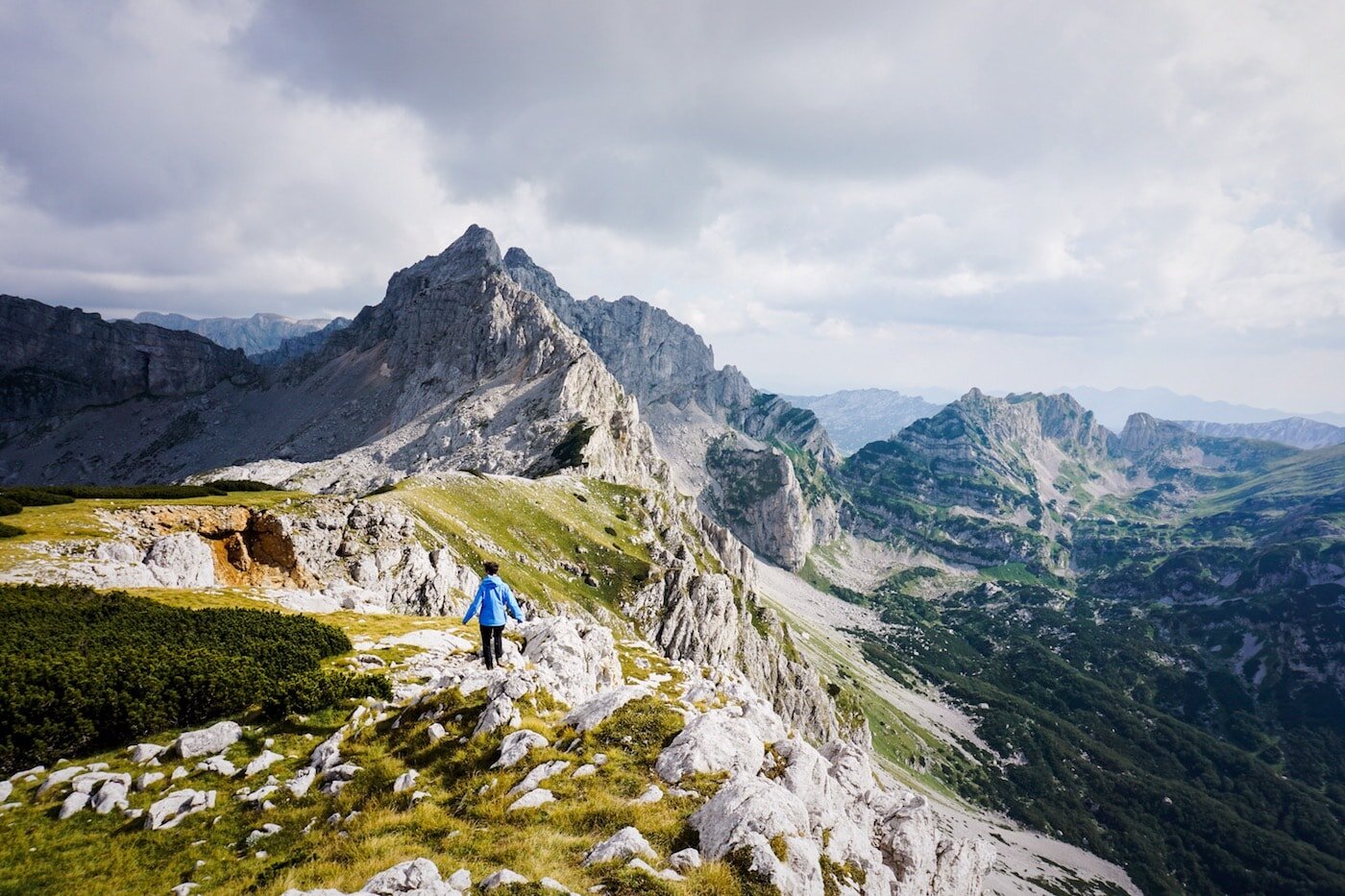
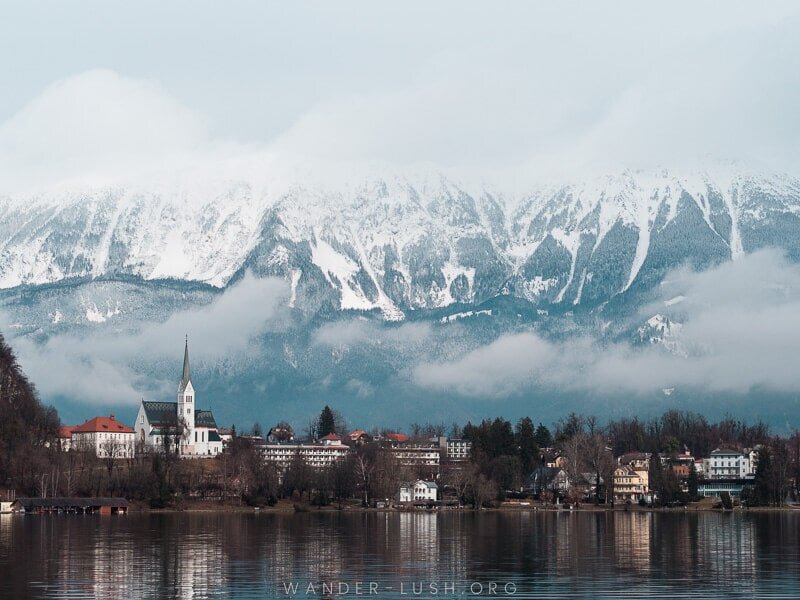
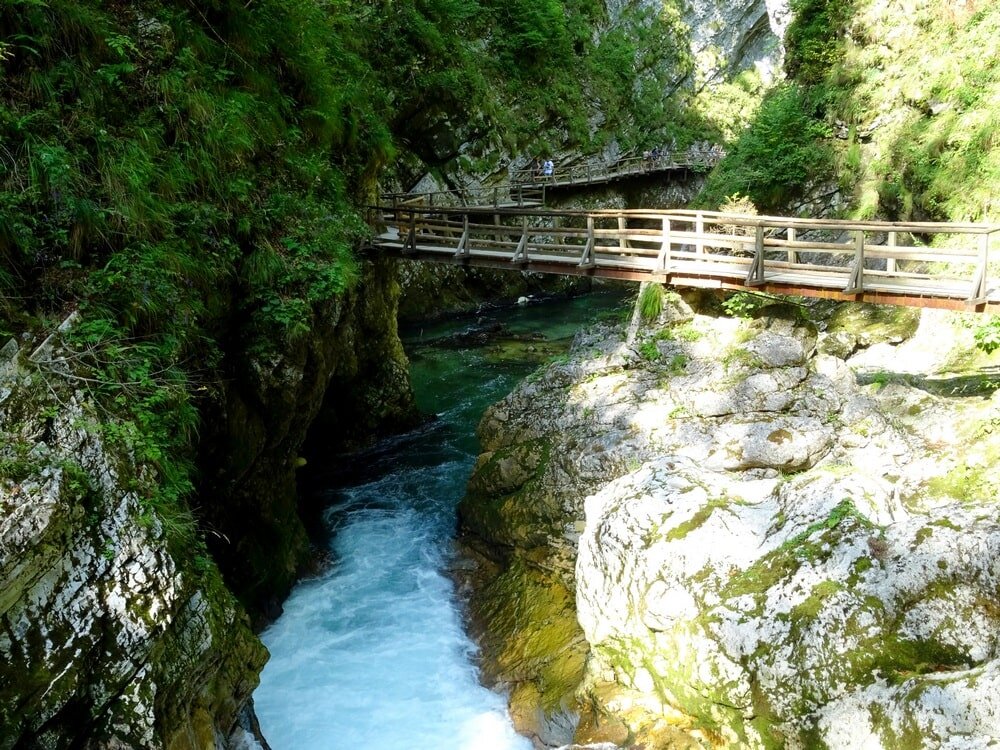




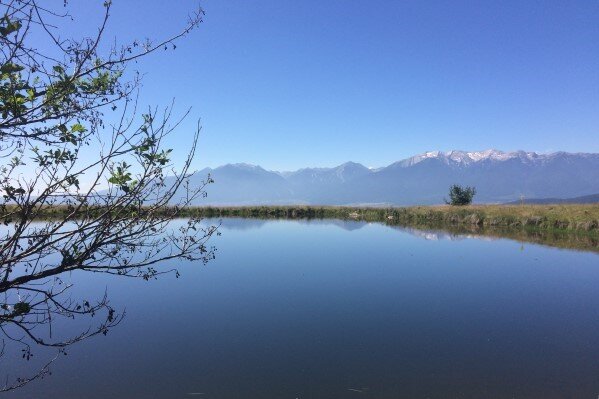
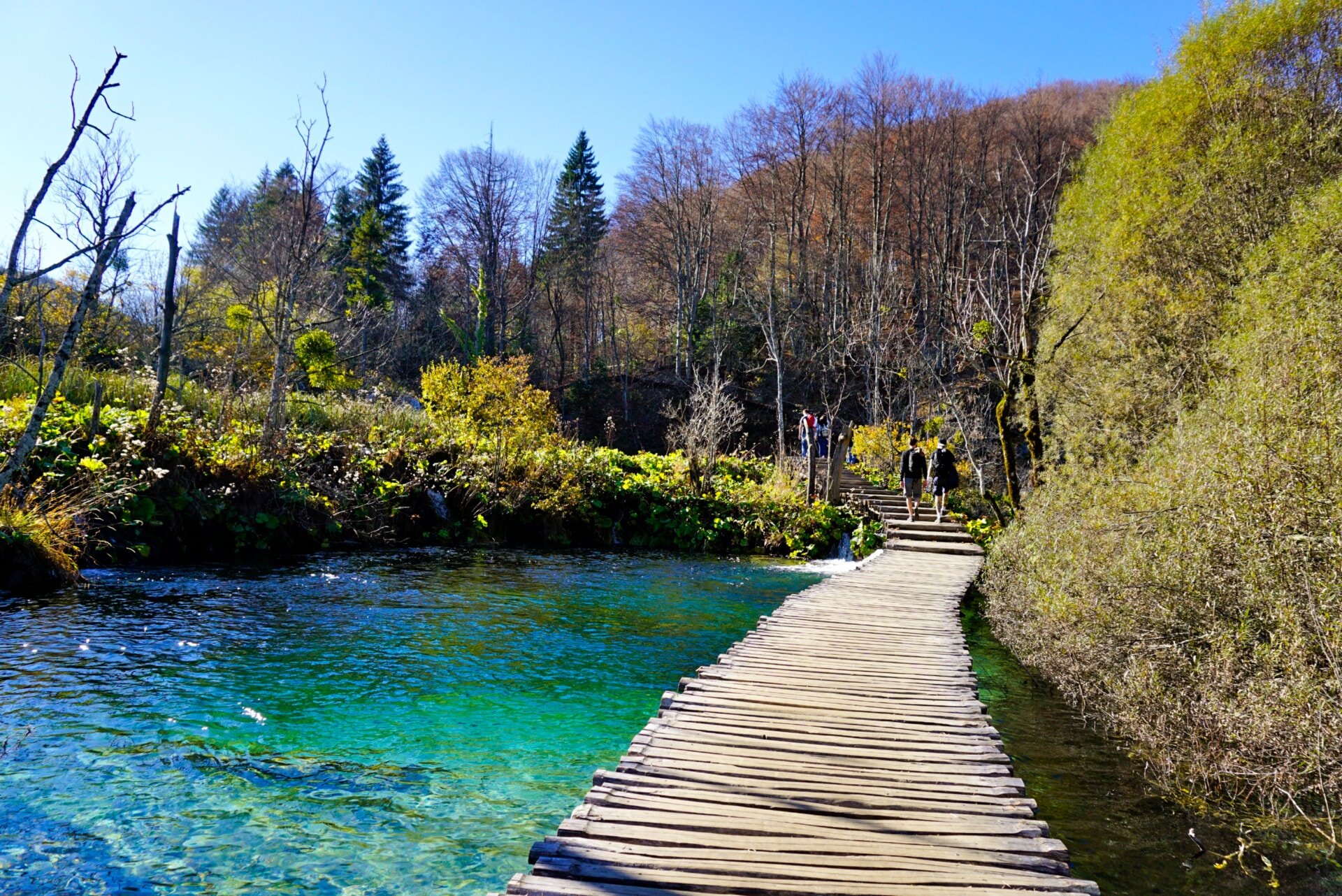

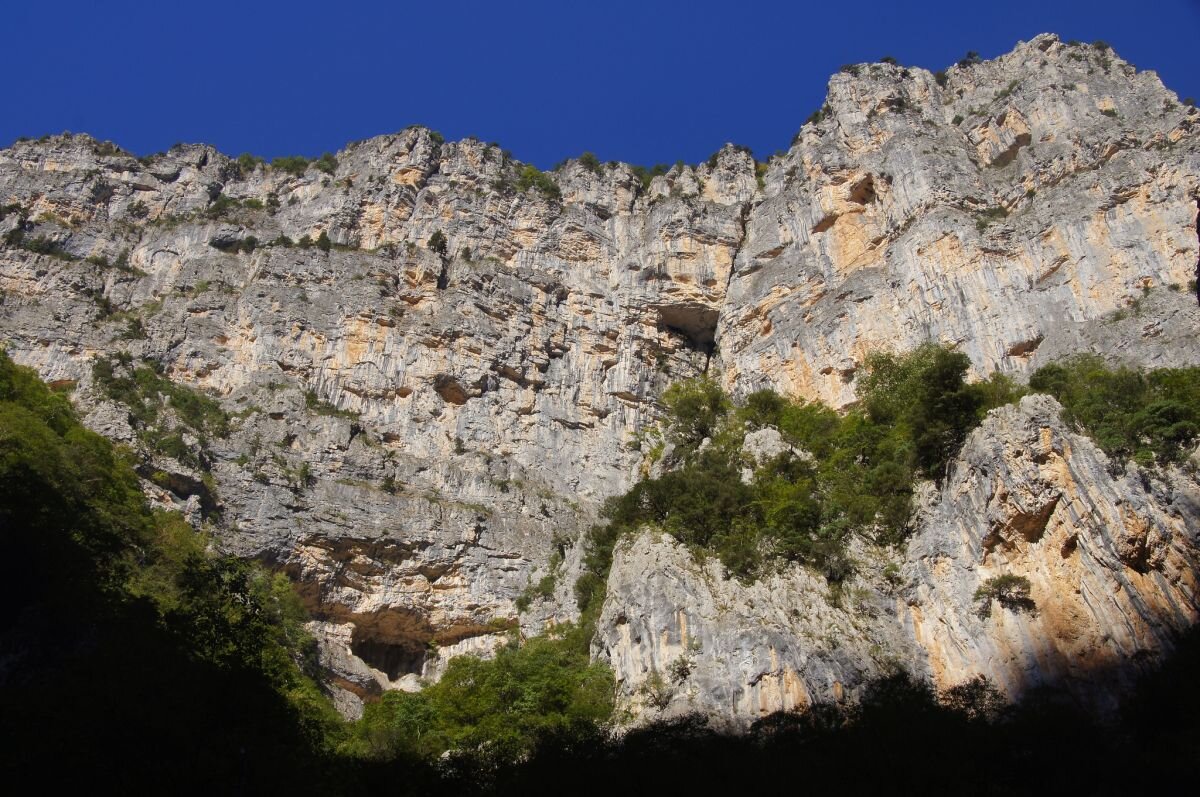
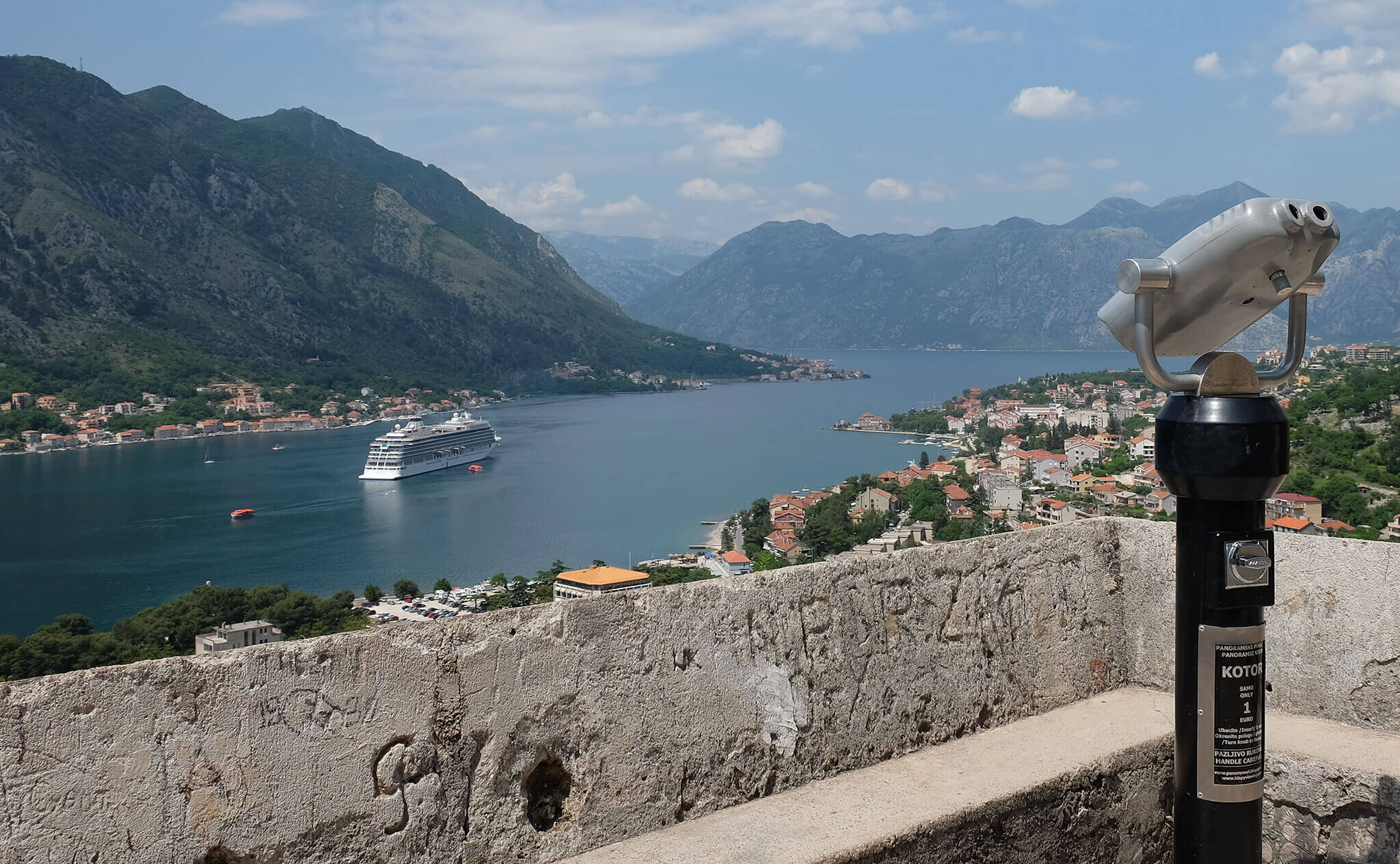
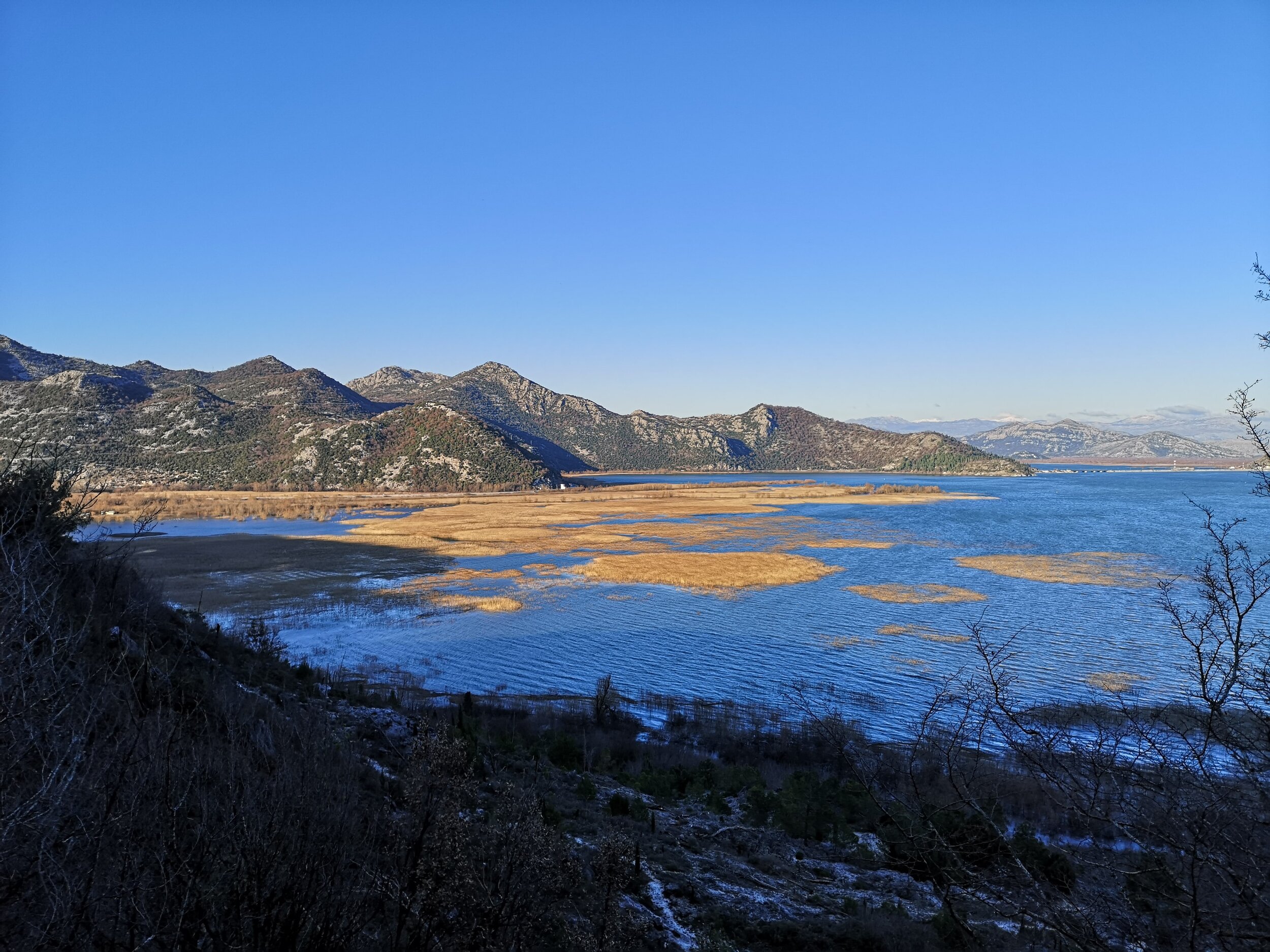
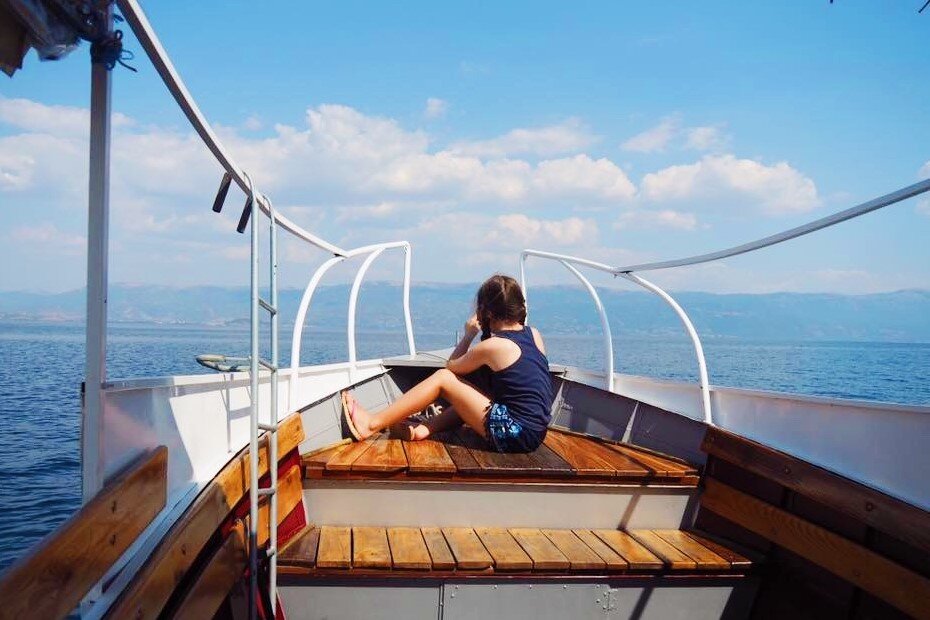
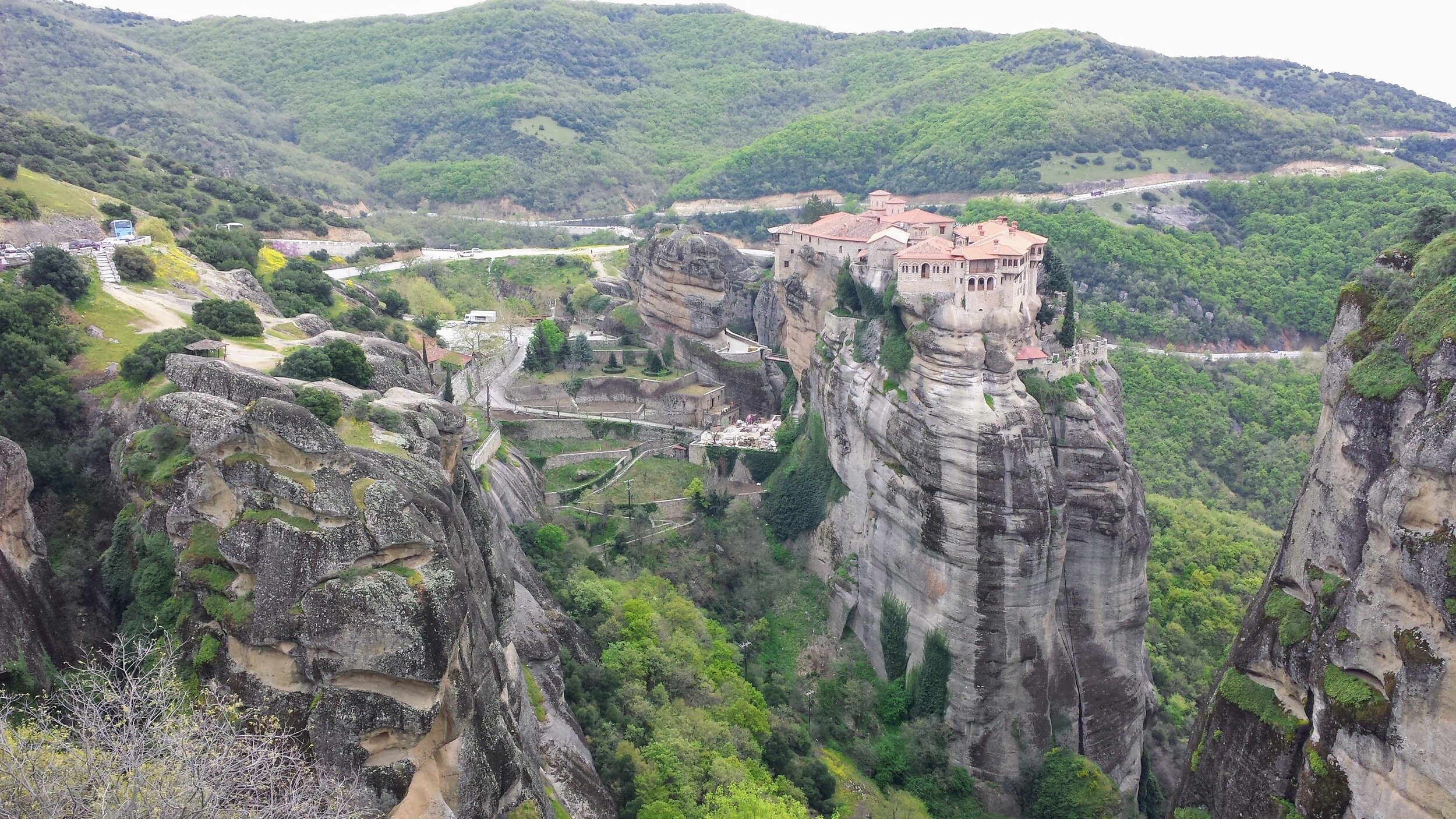


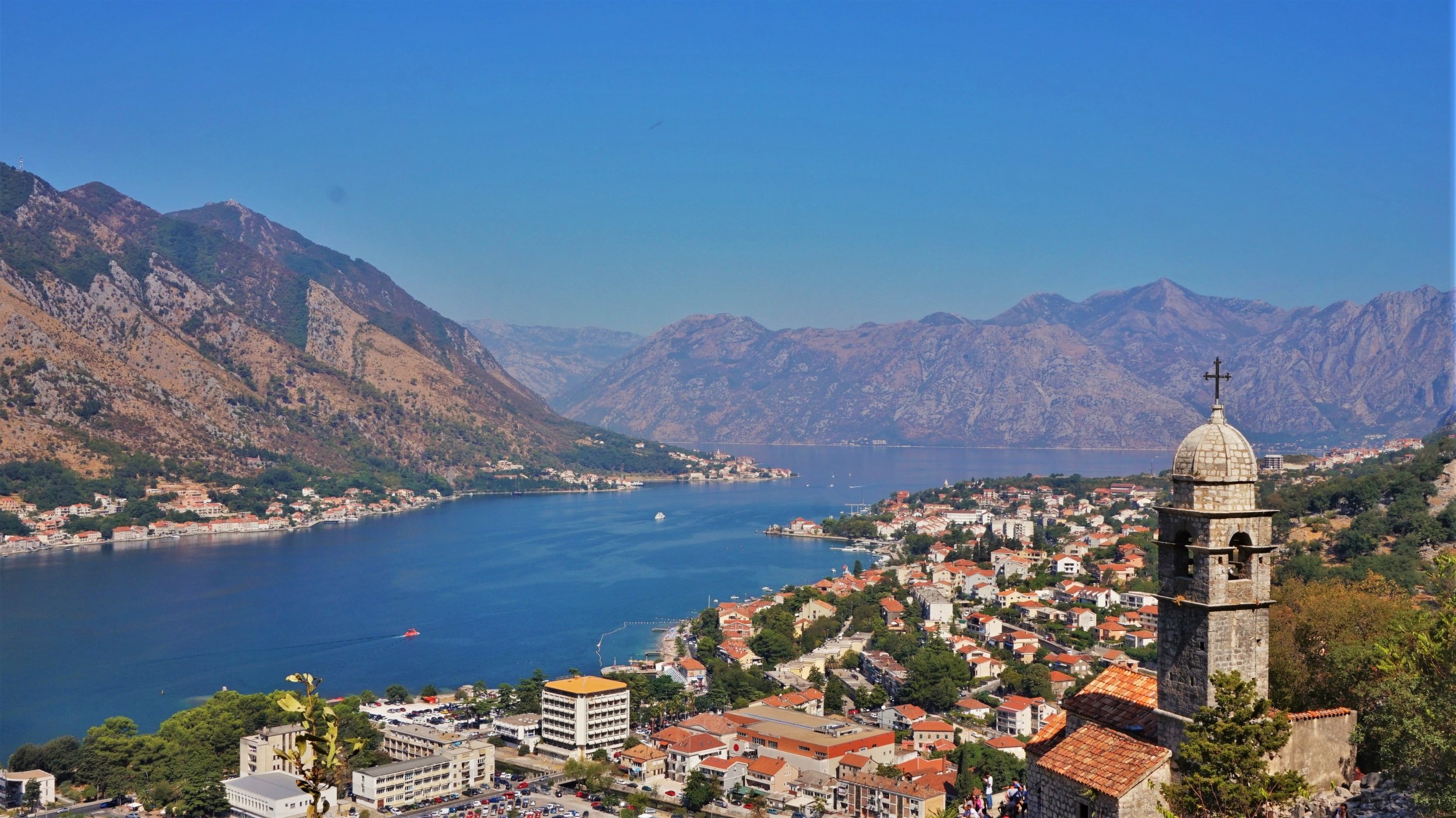
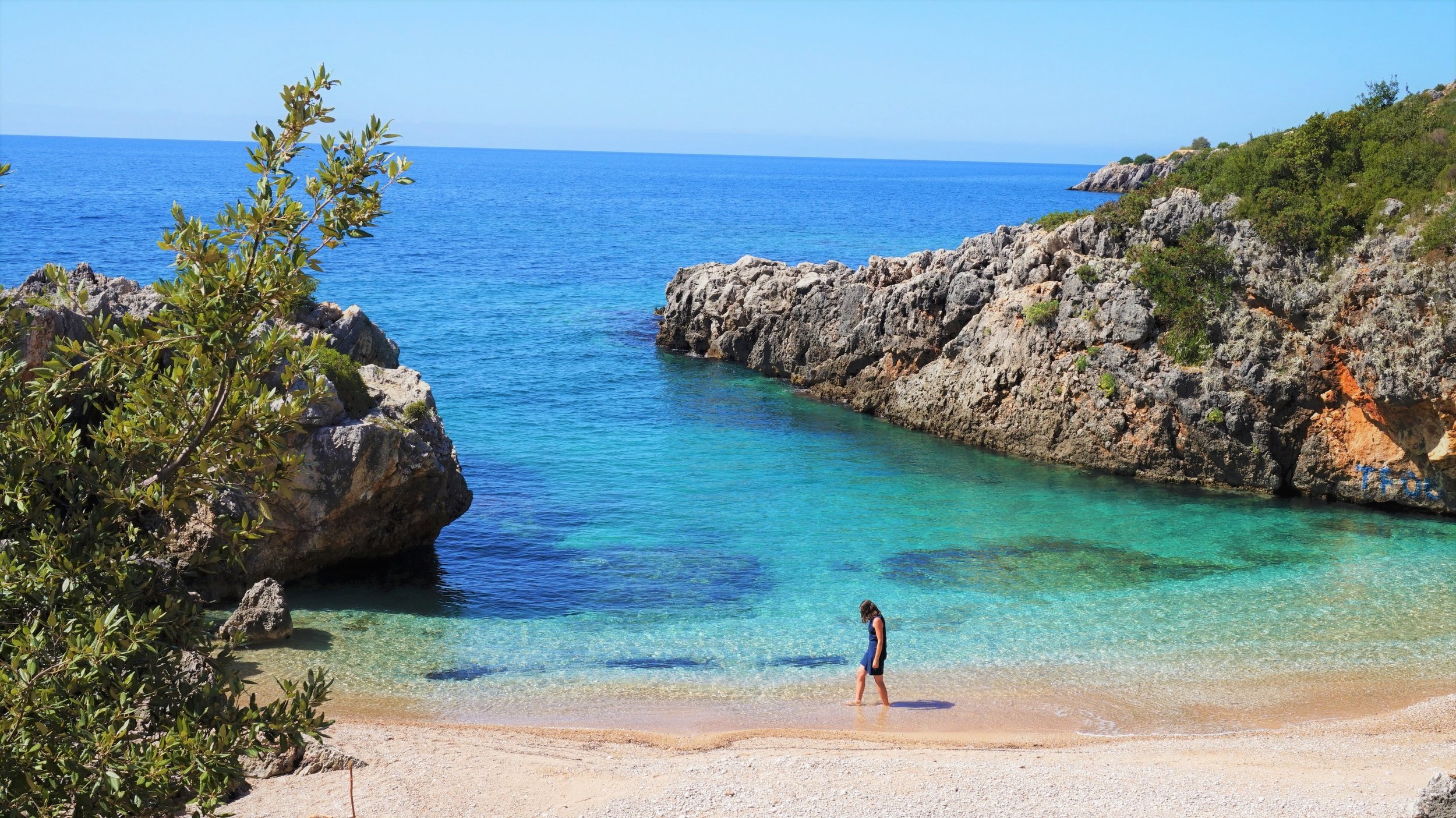
If you're heading on a Balkan road trip here are the perfect stops for your Balkan itinerary including recommend time in each. You'll find all the info here for seeing the best of the Balkans on your road trip.